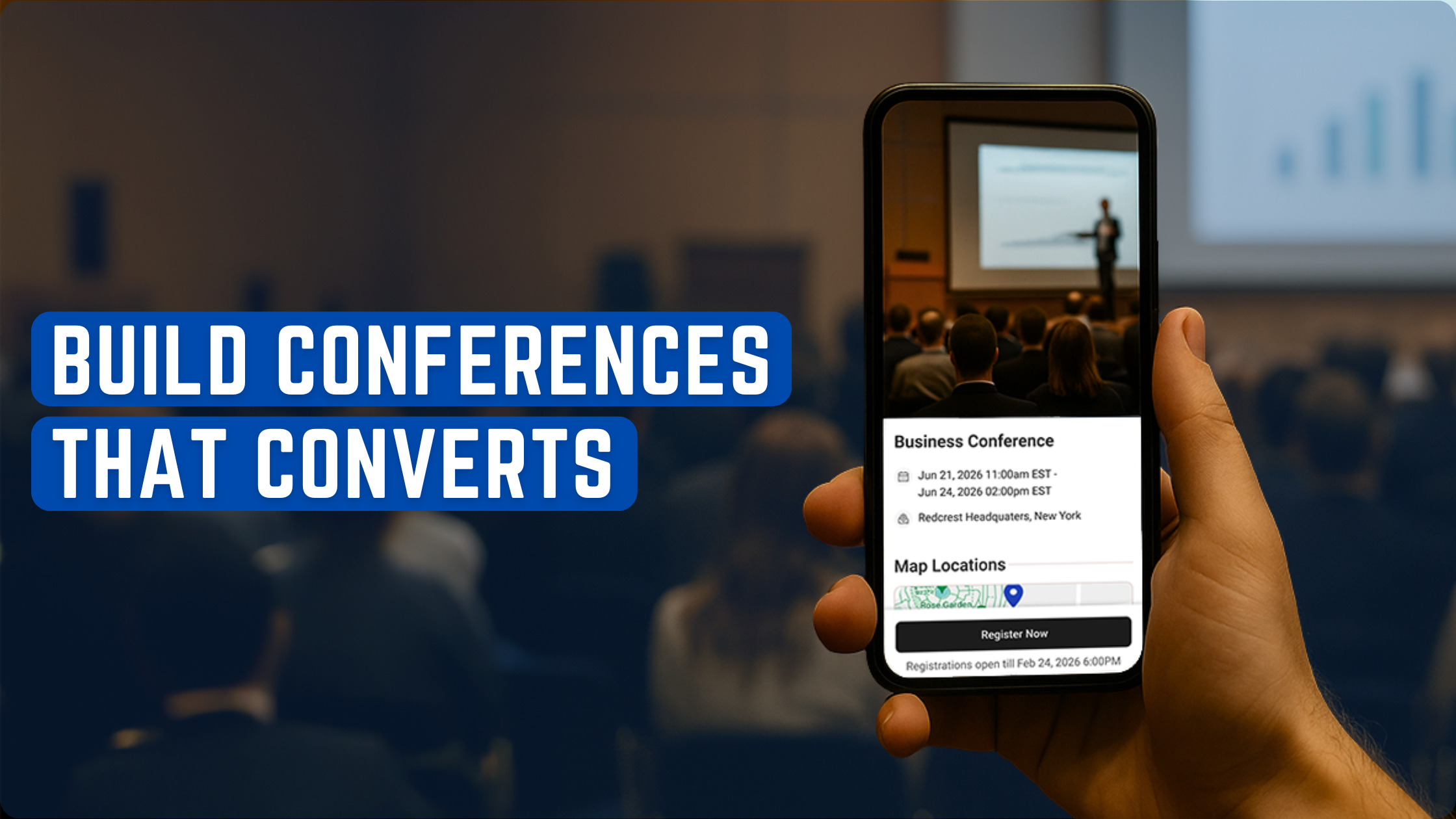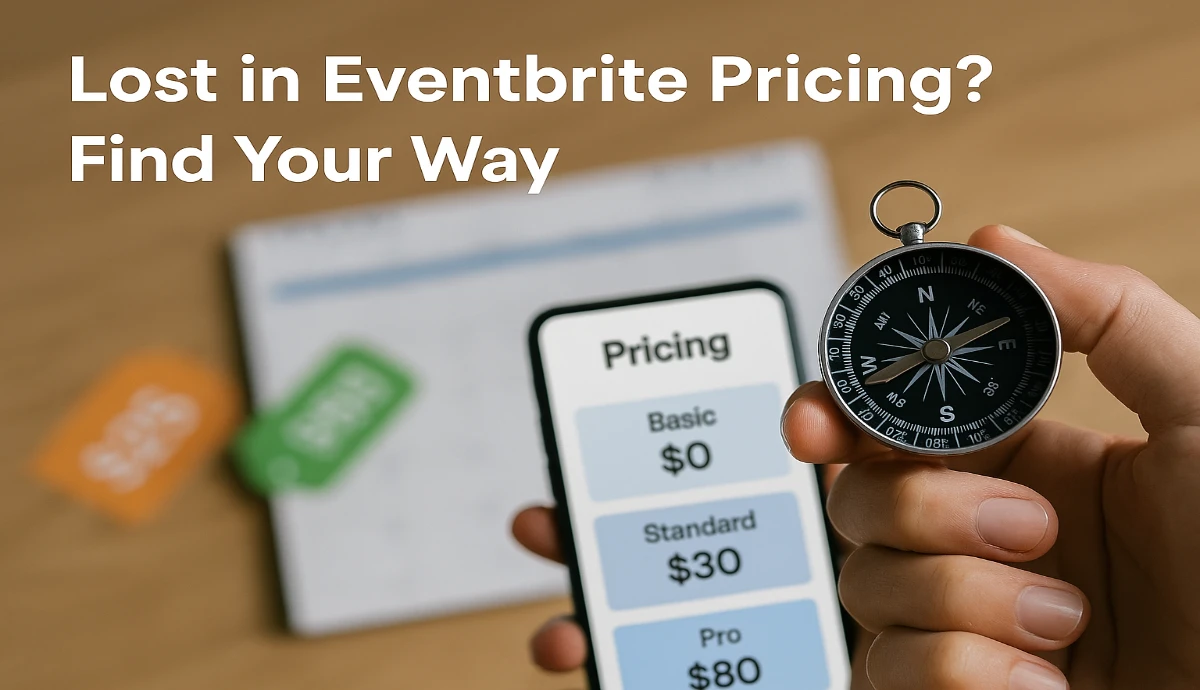If you're planning to host a trade show, one of the most important aspects of the event is gathering feedback from attendees. This feedback can help you understand what worked well, what didn't work, and what you can improve on for future events. However, collecting survey responses is only the first step. You also need to know how to analyze the data you collected to get the most out of it.
Analyzing survey responses from a trade show can be a daunting task, especially if you don't have a lot of experience with data analysis. However, with the right approach, it can be a valuable tool for improving your event and making data-driven decisions. The first step is to organize your data and categorize it based on the questions you asked. You can then use statistical analysis tools to identify trends and patterns in the data.
Once you have analyzed the data, it's important to take action based on your findings. This might involve making changes to your event planning process, adjusting your marketing strategy, or making changes to the event itself. By taking a data-driven approach to event planning, you can ensure that your trade show is successful and meets the needs of your attendees.
Designing the Survey Analysis Plan
When analyzing survey responses from a trade show, it's important to have a clear plan in place to ensure that you are able to extract meaningful insights to improve your future events. Here are three key steps to designing a survey analysis plan:
Establishing Clear Objectives
Before you begin analyzing your survey responses, it's important to establish clear objectives for what you hope to achieve with your analysis. This will help guide your analysis and ensure that you are focusing on the metrics that matter most to your business. For example, you may want to focus on understanding attendee satisfaction with the event, identifying areas for improvement, or gathering feedback on specific aspects of the event such as the keynote speakers or networking opportunities.
Identifying Key Metrics
Once you have established your objectives, the next step is to identify the key metrics that you will use to measure success. This may include metrics such as overall satisfaction, likelihood to attend future events, or specific feedback on different aspects of the event. It's important to choose metrics that are relevant to your objectives and that will provide actionable insights to improve your future events.
Determining Analysis Methods
Finally, you will need to determine the analysis methods that you will use to extract insights from your survey responses. This may include methods such as cross-tabulation, regression analysis, or sentiment analysis. It's important to choose methods that are appropriate for your data and that will allow you to answer your key research questions.
Related Posts:
- Send Custom Tickets Seamlessly with the Ticket Generator
- Streamlined Ticket Validation with the Ticket Generator
- Generating Event Insights Made Easy
- Create Memorable Events with Ticket Templates
- Ticket Generator (no title provided)
In conclusion, having a well-designed survey analysis plan is critical to extracting meaningful insights from your trade show survey responses. Consider using tools like Ticket Generator to help streamline your event management and make it easier to gather and analyze feedback from your attendees. With features like free ticket templates, QR codes with ticket validation, ticket sharing options via social media platforms, and event insights, Ticket Generator can help you improve your event experience and gather the data you need to make informed decisions about your future events.
Interpreting Survey Data
Once you have collected survey responses from a trade show, it is time to analyze and interpret the data. Here are some ways to interpret survey data:
Quantitative Data Analysis
Quantitative data analysis involves examining numerical data to identify trends and patterns. You can use statistical analysis to evaluate the responses to closed-ended questions and derive insights from the data. For instance, you can calculate the mean, median, mode, and standard deviation to understand the central tendency and variability of the data. You can also use charts, graphs, and tables to present the data visually.
Qualitative Data Insights
Qualitative data insights involve examining the responses to open-ended questions to identify themes, opinions, and attitudes. You can use text analysis software to categorize and code the responses and draw insights from the data. For instance, you can use sentiment analysis to understand the emotions and opinions of the respondents. You can also use word clouds to visualize the most frequently used words or phrases.
Cross-Tabulation and Filtering
Cross-tabulation and filtering involve examining the data based on different variables to identify relationships and patterns. You can use cross-tabulation to compare the responses of different groups based on demographics or other factors. You can also use filtering to exclude or include responses based on certain criteria.
Identifying Trends and Patterns
Identifying trends and patterns involves examining the data over time to identify changes and developments. You can use trend analysis to identify the direction and magnitude of the changes. You can also use pattern analysis to identify recurring themes or behaviors.
By interpreting the survey data, you can derive insights that can help you make informed decisions and improve your trade show strategy.
Conclusion
In conclusion, analyzing survey responses from a trade show can provide valuable insights into the success of your event. By carefully designing your survey questions and using appropriate software tools, you can gather meaningful data that will help you improve future trade shows.
Remember to keep your survey questions focused and concise, and consider using a mix of closed-ended and open-ended questions to get a well-rounded view of attendees' experiences. Utilize software tools such as Thematic or Attest to help you analyze and visualize your data, and don't be afraid to reach out to a professional if you need additional support.
Overall, analyzing survey responses is a crucial step in understanding the effectiveness of your trade show and identifying areas for improvement. By taking the time to gather and analyze data, you can make informed decisions that will help you create even more successful events in the future.






.gif)





